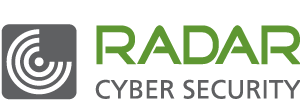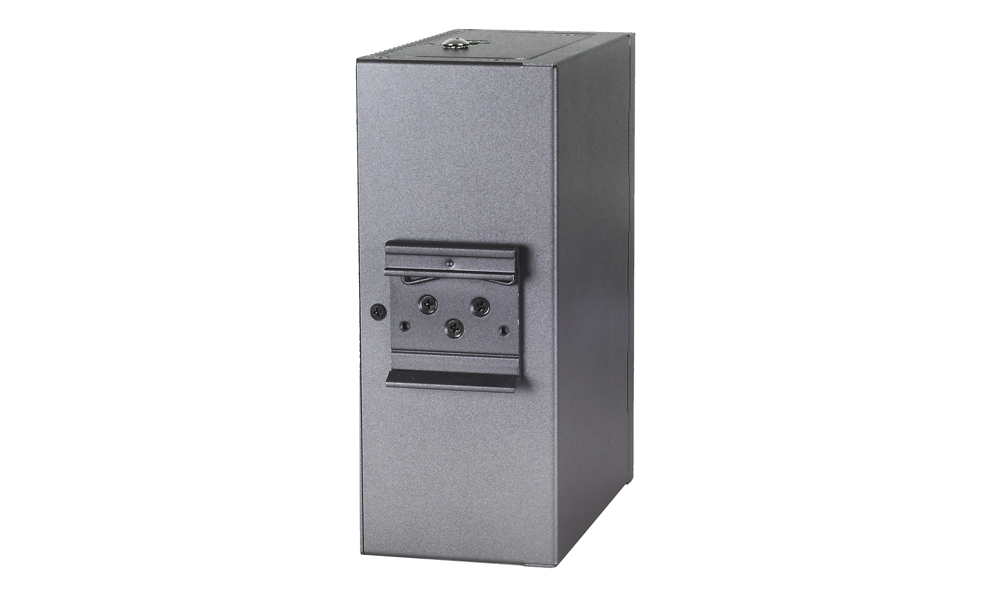
Categories
Problems that solves
Unauthorized access to corporate IT systems and data
Risk or Leaks of confidential information
No centralized control over IT systems
Non-existent or decentralized IT incidents' management
High costs of routine operations
No automated business processes
Risk of attacks by hackers
Risk of data loss or damage
Insufficient risk management
Values
Enhance Staff Productivity
Ensure Security and Business Continuity
Manage Risks
Reduce Costs
CyOPs Platform
The CyberSponse CyOPs platform is a holistic and enterprise built security orchestration and security automation workbench that empowers security operation.
Description
Incident Management
Distinguishing Real Threats From Endless Alerts
Real threats are often overlooked, largely as a result of the copious amount of alert notifications that accumulate daily. CyOPs Automated Intelligent Triaging enables Security Analysts to efficiently uncover these important alerts, prioritizing them based on severity, asset, intelligence, and frequency. To investigate alerts more efficiently, it’s very important to be able to understand and review data in a consumable manner. CyOPs Case Management solution understands the need to manage data effectively and provides options to:- Manage Alert and Incident Listings in a filter-able grid view
- Ability to add mini-dashboards on each grid to gain visibility into the bigger picture and understand trends
- Ability to define new modules, unlike any other SOAR offering- with customization of modules such as fields, views, and permissions
- Visual layout editor to define custom views, data models, fields, and grids
CyOPs for MSSPs
Integrate All Your Security Tools
Enterprise-level SOCs leverage a multitude of products and tools to effectively resolve incidents and fulfill compliance requirements. CyOPs caters to our clients’ specific environment needs due to the customizability of product, which results in greater efficiency, eliminated alert fatigue, and maximizes their ROI. The CyOPs Integrations Repository has over 280 available integrations, enabling users to automate their entire security stack behind a single pane of glass.A unified console built on the only enterprise multi-tenancy architecture.
- Obtain a complete overview of all your customers (tenants) in a single unified CyOPs master console.
- Filter views by customers, to understand the customer’s current state
- Assign and adhere to the Roles and Permissions assigned to each tenant
- Create customer specific alert and incident views
- Robust and scalable architecture for load-balancing usage
Role Based Custom Dashboards
Insight From Multiple Perspectives
CyOPs offers customers enterprise dashboards enabling better decision making.- Choose from multiple canned dashboards from multiple perspectives
- Export and import dashboard templates
- Export dashboard views as PDFs
Full Role-Based Access Control
- Assign multiple roles to each dashboard to control visibility across the team.
- Ability to assign roles and permissions to dashboard templates
- Ability to make selected dashboards as default for all system users
- Ability to create user-specific dashboards and reports
Reporting
Library of Out-of-the-box Reports
- Leverage the CyOPs Report Library for a quick start with many commonly used reports
- Use ready-made reports like Incident Closures, Alert Closures, IOC Summaries etc.
- CyOPs Support Portal using Report Import functionality
- Customize out-of-the-box reports for organization-specific metrics
- Export Reports in CSV & PDF Formats
Queue Management
Create Dedicated Queues
Leverage the built-in CyOPs Queue Management to handle automatic work assignments across multiple queues and teams- Create multiple queues across multiple teams
- Add multiple team members to each Queue
- Define logical rules for auto assignments to a specific member or team
- Option to add work tasks manually to any queue
Manage SOC Shift Change With Ease
Streamline SOC Team Onboarding & Management
CyOPs™ enables new SOC team members to start making an impact right away due to its ease of use and ability to retain information from previous employees. Standardized trackable and repeatable processes result in a more efficient onboarding plan for new SOC team members. Create standard automated response processes using the most versatile enterprise drag-and-drop CyOPs Playbook builder that not only retains team knowledge but also shortens incident response times. Maximize your team and security stack with CyOPs™ automation.- SOCs that work in multiple shifts perfects shift changeovers with ease
- Create multiple queues for different shifts
- Define rules for assigning alerts and incidents based on the timezone
- Obtain snapshots of a shift’s queue to better understand task status
- Option to add manual tasks to any queue or team member
Scheme of work

















